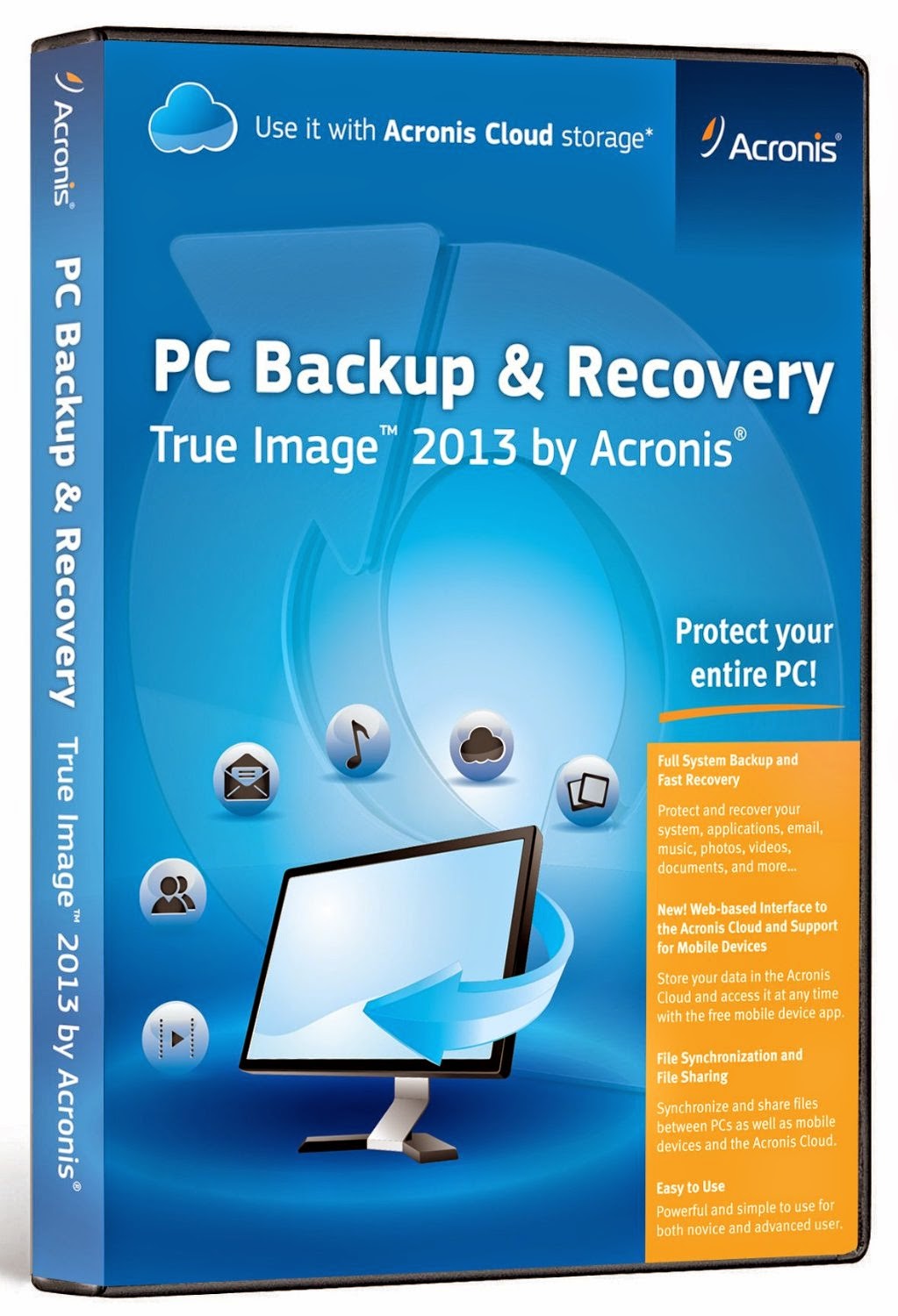
The skew is due to the time it takes to output every pixel from the 12MP sensor to produce each frame of video - around 25ms. In APS-C crop mode it's much less of a problem. Rolling shutter is severe in full-frame 24/25/30p on the a7S. The NX1 and GH4 have a better image in 120fps and 96fps respectively but again both cannot escape moire and aliasing in this mode, so shoot at the cinema frame rate of 24p for best quality. Also bear in mind, the 4K image over HDMI is significantly sub-par in APS-C crop mode with heavy artifacts, moire and false detail compared to the ‘real' 4K mode on the a7S which is full-frame and native 3840 x 2160 without any upscaling.Ĭreatively, I found the 120fps mode of the a7S very interesting but it produces soft results with quite a lot of moire.
#Dxo filmpack 5.5.3 1080p#
If you need the best 1080p image at 60p from a full-frame sensor, the Nikon D750 will give you this. However there is a loss of quality in full-frame 50/60p mode, so shoot 24/25/30p for the best quality. The Sony a7S has an excellent quality APS-C crop mode, with no loss of detail in 1080p compared to full-frame mode (unlike the Nikon D750). A crop sensor is still an advantage for macro and telephoto work. In particular, for extreme close-ups with a lens such as the Canon 100mm F2.8L Macro, focus is so shallow on full-frame to be almost unmanageable. When the subject is close to the lens, differences between crop and full-frame sensors become less noticeable. You don't have to resort to longer focal lengths and super fast apertures as often. Additionally, for those looking for an extremely shallow depth of field, it's easier to achieve on the a7S at 24-50mm compared to the equivalent field of views on a crop sensor. In comparison to the a7S, the 2.3x crop of the GH4 makes for a flatter feeling image at the same equivalent field of view, for example 10mm instead of 24mm for a wide angle shot. (Also includes some footage from the Nikon D750.) Video recorded on Sony a7S using internal XAVC-S codec at 24p and 120p.

The trade-off is that focus is trickier, especially for moving subjects. Shooting full-frame with the a7S allows for a three-dimensional-looking image even when the subject is at a medium distance rather than close to the lens.

Subject/background separation is more abundant on the a7S at every focal length compared to APS-C or Micro Four Thirds. Neither style is ‘right or wrong', they're just different.

By comparison the Panasonic GH4 has more of a documentary style, with fine grain and a similar feel to Super 16mm - The Hurt Locker springs to mind. If the a7S was a film look, it would be creamy and dreamy 65mm, as used to great effect by Christopher Nolan in Inception. That said, I very much enjoy shooting plain old 1080p with the a7S. I am not a fan of workarounds and they all add to the cost of the body! Disadvantages include the lack of an internal 4K codec and the need to buy quite a few add-ons such as lens adapters, external recorders and battery grip to make up for the limited (and too expensive) E-mount lens range and poor battery life. The Panasonic GH4, Samsung NX1 and Canon 1D C all have internal 4K recording, which is more convenient.Īs a filmmaker I find the a7S has some great creative advantages over a number of other cameras, thanks to the 12MP full-frame sensor with stunning low light capabilities, adaptable mirrorless lens mount, and the built in EVF.

However, shooting 4K with the a7S is less ergonomic and less affordable compared to some of the competition. The Sony a7S shoots the best looking internally captured 1080p video of any current mirrorless or DSLR camera. By Andrew Reid, Key points for filmmakers


 0 kommentar(er)
0 kommentar(er)
